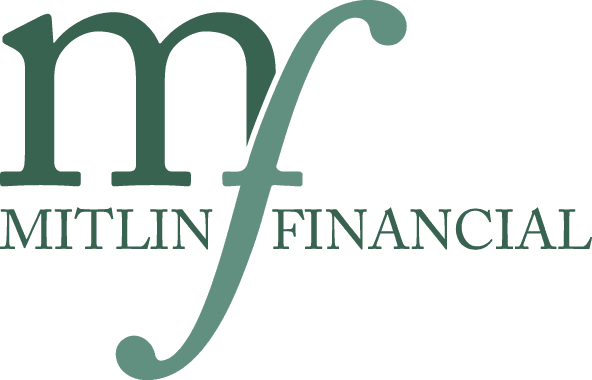Now that we have a working knowledge of both passive and active investing, let’s compare the two. While some individuals may be best suited for a passive approach, others may find active investing to be a better choice. There are many different components that must be analyzed and assessed before deciding whether actively managed mutual funds or passively managed index funds are the best fit for your own facts, circumstances and financial future.
There is no such investment or strategy that can possibly fit the needs of every investor. It is crucial that you, as the investor, work with a seasoned financial professional who can educate and guide you appropriately. An individual that would be best suited by passive investing is someone who is looking for a simple, cost effective method of investing. As a passive investor, you must be content to perform as well or as poorly as the index. Meanwhile, an active investor believes that portfolio managers can add value to their portfolio by discovering opportunities in the markets that will allow them to outperform their appropriate benchmarks.
When considering active versus passive management there are a couple of key points to consider. Broad-based market index funds make both diversification and asset allocation easy. Comparatively, active investing is far more complex by nature; an actively managed portfolio will tend to have a greater number of investments and to manage such a portfolio requires far more time and expertise. Sometimes portfolio size can be a concern with active investing as too many investments may create overlap which can then cannibalize returns. This is never a concern with passive investing given the fact that this simple method follows the benchmark.
Trading expense is another important component to consider when deciding between passive and active investing. Active investing typically involves a greater amount of portfolio turnover and results in higher costs. Consequently, a passively managed index fund has virtually no buying and selling of securities and therefore, lower costs are evident.
Management expense is another factor that varies between the two investment styles. With passive investing, there are lower operational and management expenses compared to that of active investing. Passive investing is essentially a buy and hold strategy and managing such an investment tends to cost less. Whereas an actively managed portfolio relies on the manager’s ability to outperform and requires the need to do significant research for holdings in the portfolio making this much more costly. The amount of time and effort to do this successfully will require the manager to receive higher compensation.
Regardless of whether it be passive or active investing, one must always determine their own personal situation prior to making any investment decisions. With the advice and guidance of an experienced financial advisor, one can delineate which strategy best suits them by comparing the complexity, cost, asset allocation and diversification parameters between passive and active management. To learn more about which investment style and strategy is right for you, be sure to check out the two previous editions of the Mitlin Minute. If you’re interested in learning more about deploying an investment strategy that may be the right path for you and your family, do not hesitate to give us a call. Let Mitlin Financial, Inc. help to educate, guide and facilitate your financial future!

